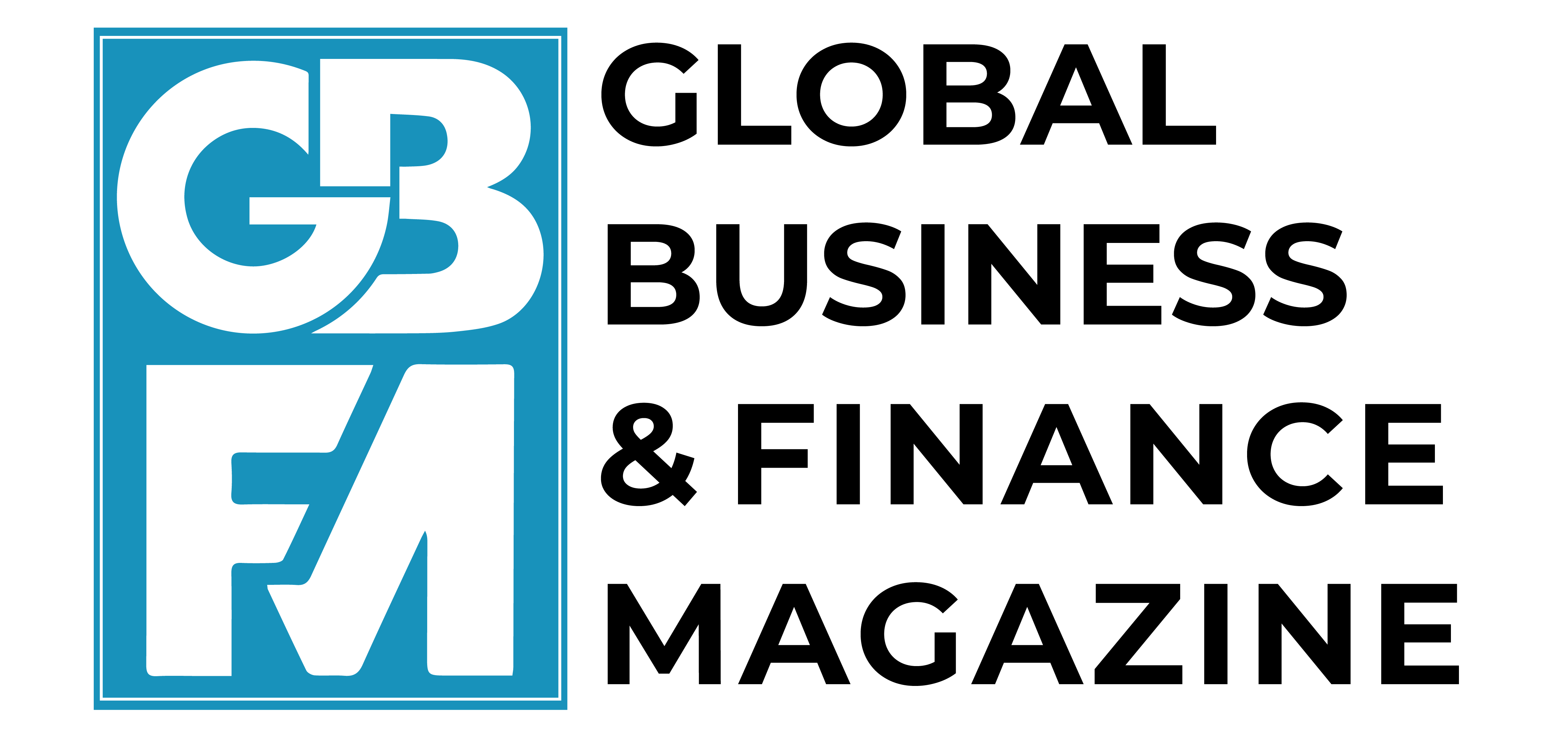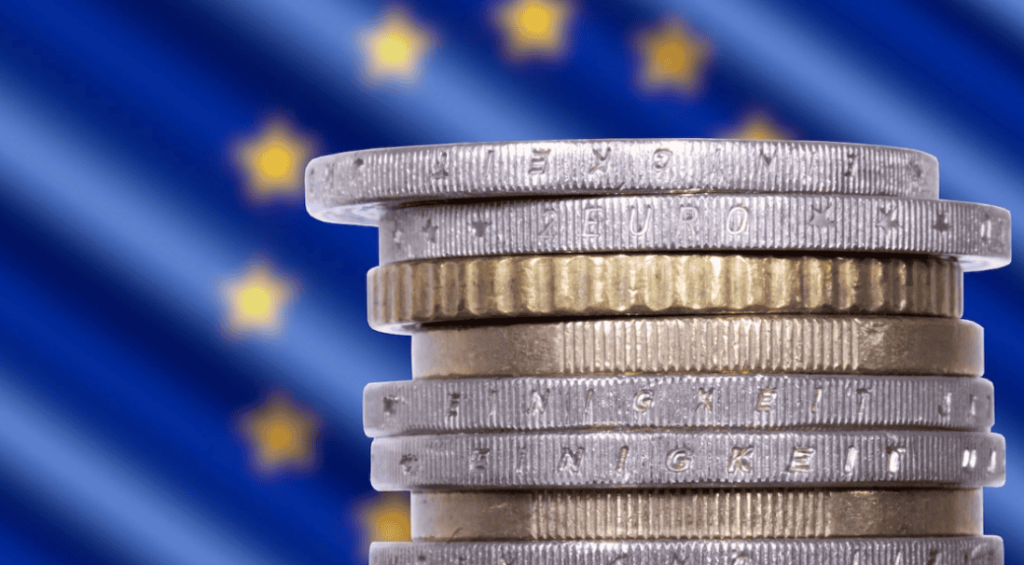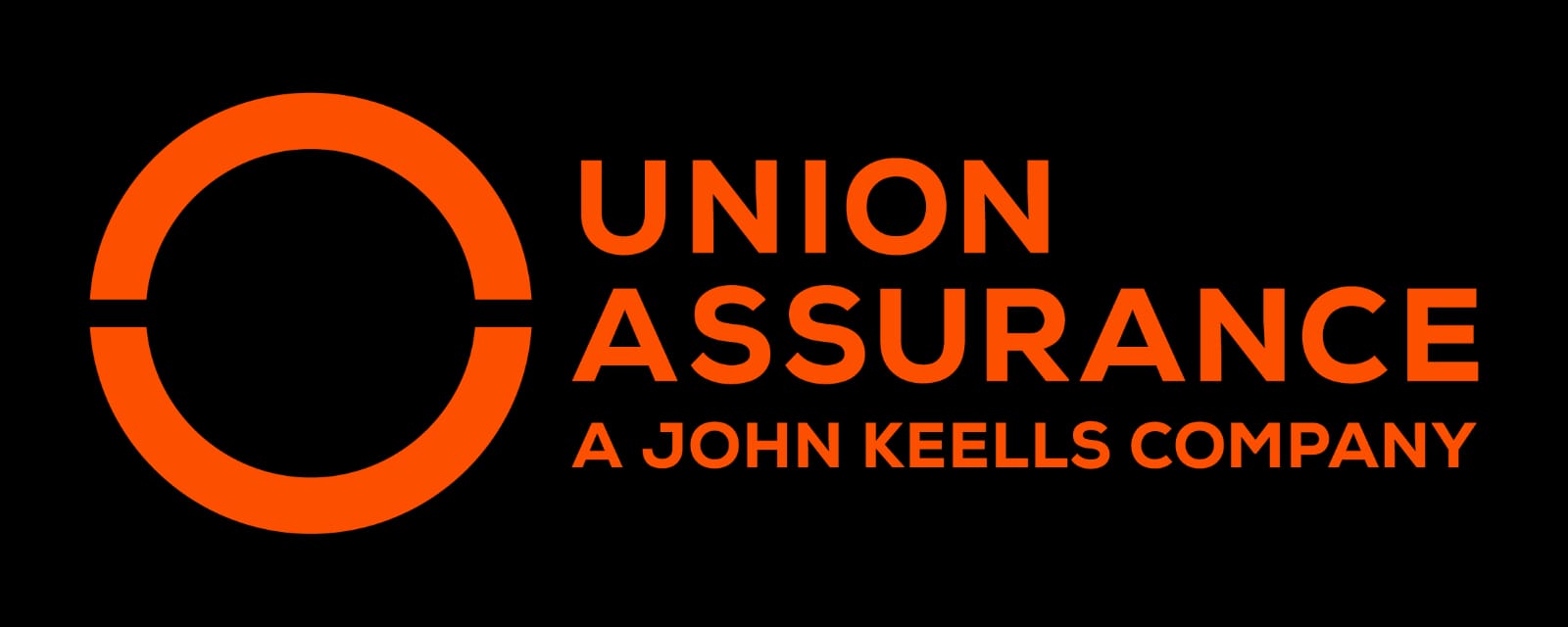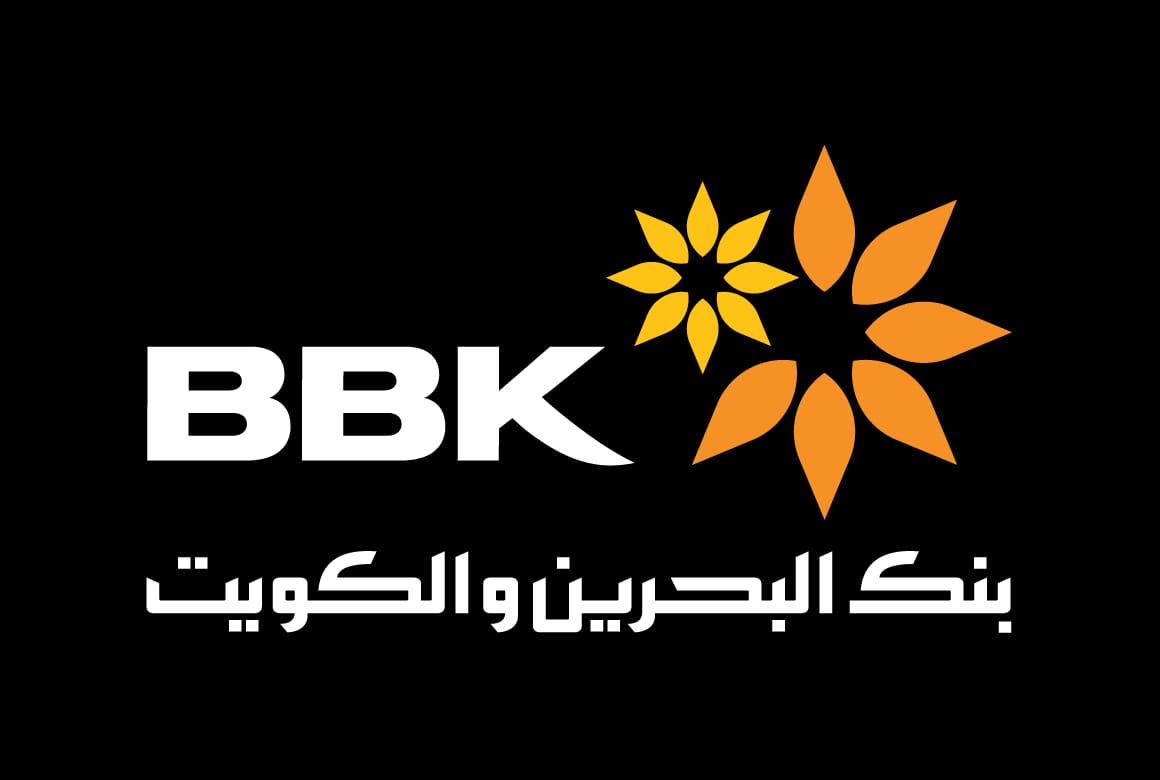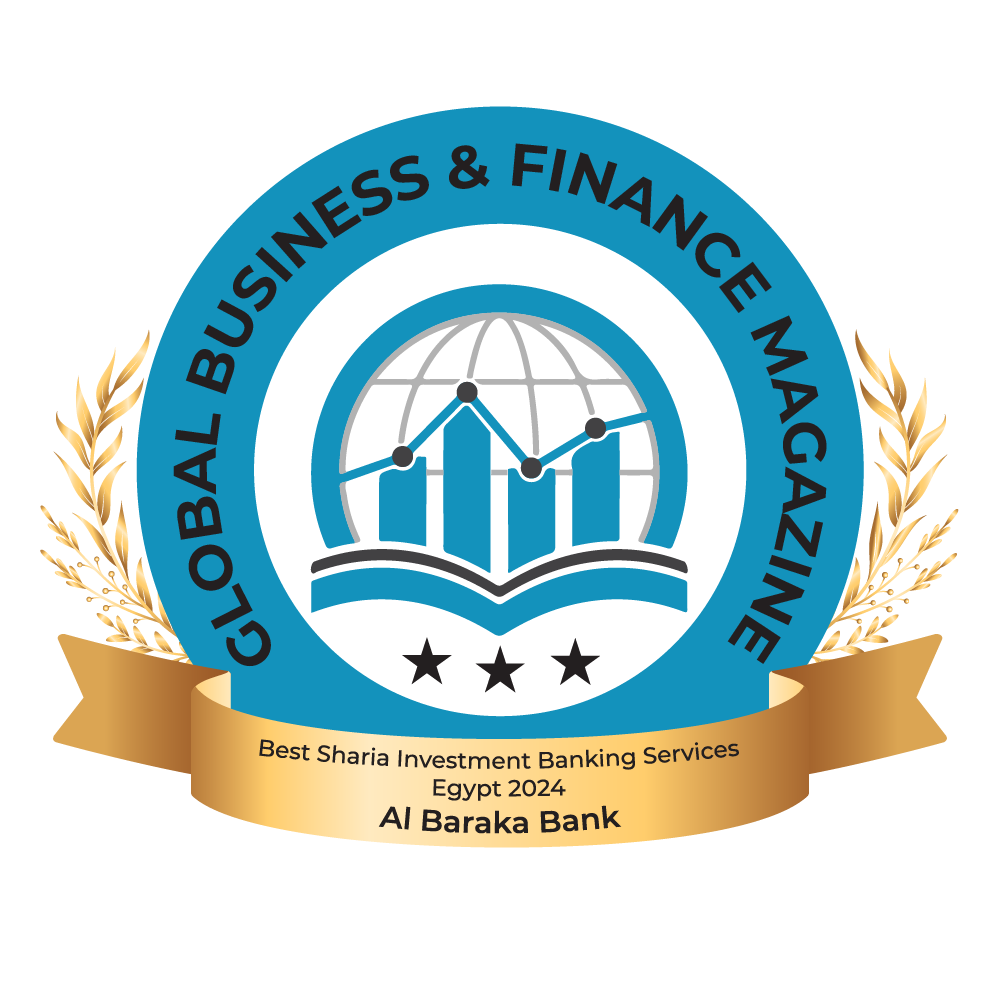In July, the European Commission fired the starting gun on the negotiations of the next Multiannual Financial Framework – the EU’s budget. Against a tough geopolitical and economic backdrop, the call to bolster Brussels’ public finances clashes with the reluctance of some member states to spend more centrally. This column outlines a possible way forward by linking EU funds to national reform and investment projects. Such a move offers a pragmatic ‘middle way’ out of the current ‘bipolar’ governance trap – a system oscillating between largely toothless ‘lifestyle advice’ in normal times and crisis management.
For decades, discussions about increasing the EU budget or issuing joint debt have been stymied by mistrust between member states. On one side are the fiscally more conservative countries and main net contributors who fear becoming de facto guarantors of others’ debt. On the other side are member states facing structural economic issues and a high government debt burden, which make them recipients of EU support during crises when financial markets tend to reassess sovereign risks in an abrupt manner.
While the EU budget officially redistributes funds according to pre-agreed spending programmes based on EU laws (like agriculture, cohesion, or regional development), a parallel process of accident-driven redistribution has surfaced: emergency support in the wake of large economic shocks. From the European Stability Mechanism (ESM) to the SURE programme and the Recovery and Resilience Facility (RRF), this system often ends up funnelling substantial amounts of money from broadly the same frugal countries to the same high-debt ones – despite the EU’s fiscal rules and no-bailout clause. The redistribution through the EU budget is fully controlled by the EU legislators, the accident-driven redistribution is not and can be substantial.
This dual-track redistribution has bred resentment and deepened divisions. Frugal member states worry they are being asked to pay twice – first through the agreed, regular channel (the EU budget) and again when emergencies arise – and their hand is forced by the prospect of disaster because of the other group’s failure to follow the EU’s fiscal rules and other economic policy recommendations. At the same time, net beneficiaries insist they lack the tools to strengthen their economies in normal times and are left vulnerable when shocks hit.
At first glance, the solution might seem straightforward: enforce the set of commonly agreed fiscal rules more rigorously, as per the original Maastricht design (see Figure 1, left-hand panel). The Stability and Growth Pact (SGP), after all, was designed to ensure sound fiscal policy and prevent unsustainable national borrowing as a precondition for the smooth functioning of the Economic and Monetary Union (EMU). But history shows that rules alone do not guarantee discipline. Member states with high deficits/debt often have enough allies to block sanctions. And when a severe crisis erupts, even the most rule-abiding countries will ultimately agree to emergency aid, because the alternative is taken to be worse (see Figure 1, right-hand panel). As a result, the logic underpinning the no-bailout clause collapses when contagion looms (Kirchsteiger and Larch 2024). This leaves the EU stuck in an unfortunate bipolar cycle: structural problems go unaddressed during calm periods, only to trigger crisis-driven and painful responses when conditions deteriorate.
Figure 1 Types of redistribution in EU public finances


Notes: Left: original design based on pre-agreed laws; right: current system combining planned redistribution via the EU’s regular budget with emergency transfers after crises.
Conditional budgeting: The missing middle
While calls for a larger, more flexible EU budget have grown louder, they continue to collide with deep-seated resistance, particularly from countries concerned about underwriting what they see as endless fiscal leniency in others. At the heart of this tension is the diverging propensity to run deficits across countries combined with a EU’s fragmented fiscal architecture: an uneasy coexistence of strict budget rules, a small central budget, and a web of improvised solutions created in response to crisis.
This is where the RRF approach or conditional budgeting comes in, a pragmatic compromise between two extremes. On one end is the EU’s traditional method of issuing non-binding policy recommendations that one senior official flippantly but aptly dubbed ‘lifestyle advice’. On the other end are adjustment or support programmes grudgingly agreed on the back of severe shocks. Conditional budgeting offers a middle ground: it links EU funds to concrete national reform and investment projects agreed ex ante. Countries get access to EU money not just by complying with proper accounting, but by demonstrating real progress on economic and structural goals.
This is precisely how the RRF, the EU’s temporary post-Covid recovery tool, works. Unlike most traditional EU funds, which, loosely speaking, reimburse eligible expenditure, RRF payments are disbursed when member states meet specific milestones and targets. The approach has given Brussels and the Council a stronger role in oversight, while also giving national governments clearer incentives to implement change.
A bargain waiting to be struck
Conditional budgeting doesn’t just make economic sense; it offers a politically and economically viable bargain. Net contributors get assurances that their money supports reforms and investment rather than financing entrenched structures. Net beneficiaries gain resources that strengthen their long-term resilience, not just temporary lifelines when the house is on fire. In short, conditional budgeting can make a larger EU budget more palatable to those who pay the most into it (see Figure 2, right-hand panel). It transforms redistribution from an open-ended liability into a tool for shared prosperity. This could be the basis for a renewed political consensus, one that breaks out of the false dichotomy between fiscal union and fiscal discipline at the national level. The underlying idea can be conceptualised in a simple formal model.
Figure 2 Conditional budgeting as a tool for reform


Notes: The shift from crisis-driven transfers (left) to conditional budgeting (right), which links EU funding to national reform and investment projects can reduce both financial risks and political tensions. EPG=European Public Goods
The Commission proposal of last July for the next MFF points in the right direction. It includes the idea of conditional budgeting, as described here by regrouping regional, cohesion, and other spending programmes towards a system where member states commit to investment and reform projects under an integrated national plan, and payments are made upon delivery.
The crucial question is whether conditional budgeting actually works. Italy provides a promising case. As the single largest recipient of RRF funds – over €190 billion out of €723 billion – Italy has faced intense scrutiny. Long plagued by slow growth, high debt, and institutional bottlenecks, the country’s RRF plan focuses on judicial reform, digitalisation, and modernising public administration. So far, the results are encouraging. Compared to 2019, the backlog of civil court cases more than three years old has dropped by over 90%; the average duration of a trial, albeit still elevated, has fallen markedly. Public procurement has also sped up significantly, with awarding times falling and project execution becoming more efficient.
Importantly, this progress is being tracked not just by EU institutions, but by other independent observers such as the Banca d’Italia and the PNRR Lab at Bocconi University. Their findings suggest that conditional funding has catalysed reforms long considered politically impossible. 4 True, challenges remain: some projects are delayed, and institutional inertia has not vanished. But the evidence so far suggests that conditionality can work as intended when designed properly and accompanied by political commitment.
The broader implications of conditional budgeting are significant. If expanded beyond the temporary RRF experience, conditional budgeting could:
- make EU spending more efficient and impactful, by tying money to measurable outcomes;
- strengthen the EU’s competitiveness, by prioritising horizontal enablers like digital and green transitions;
- rebuild trust, by offering a rules-based framework that allows EU institutions to exert better control over the overall amount of redistribution; and
- ultimately, reduce the frequency of crisis-driven bailouts, by increasing resilience ex ante.
It may also shift the tone of EU budget negotiations long dominated by national net balances and juste retour calculations. By focusing on common priorities and shared values, conditional budgeting could recast the EU budget as a collective investment platform, rather than a pure redistribution mechanism.
The possible road ahead
Of course, conditional budgeting is no silver bullet. It requires robust monitoring, clear reform plans, and strong political will. It must be paired with credible enforcement mechanisms and, last but not least, new resources – possibly through EU-level taxation or reallocation of national revenues.
But it can be a promising starting point, one grounded in existing practice. Conditional budgeting can be the necessary counterpart to any future expansion of the EU budget – not just because it builds accountability, but because it allows Europe to act together before the next crisis hits, rather than scrambling in the aftermath. In a world of accelerating change and renewed geopolitical risk, the EU can no longer afford a fiscal architecture that relies on improvisation and denial.
In 2024, Giuliano Amato, a former Italian prime minister and convinced European, remarked: “We cannot say we are more European than others when our debt is the obstacle for others to accept common solutions. To be more European with the money of others is something the others are not ready to accept.” The future of EU public finances may well hinge on acknowledging this uncomfortable truth. Conditional budgeting offers a way forward enabling member states to act collectively without ignoring the asymmetries that continue to challenge unity. It invites all sides to invest in a more resilient and competitive Europe on terms that are shared, earned, and ultimately, sustainable.
Source : VOXeu

